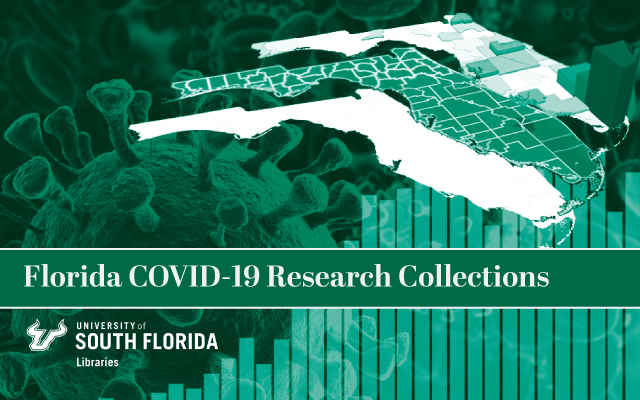
All publications
Document Type
Article
Publication Date
2020
Keywords
COVID-19, Coronavirus, Government guidelines, Outbreak COVID-19, Pandemic
DOI
https://doi.org/10.1186/s12889-020-09924-7
Abstract
Background: In late January, a worldwide crisis known as COVID-19 was declared a Public Health Emergency of International Concern by the WHO. Within only a few weeks, the outbreak took on pandemic proportions, affecting over 100 countries. It was a significant issue to prevent and control COVID-19 on both national and global scales due to the dramatic increase in confirmed cases worldwide. Government guidelines provide a fundamental resource for communities, as they guide citizens on how to protect themselves against COVID-19, however, they also provide critical guidance for policy makers and healthcare professionals on how to take action to decrease the spread of COVID-19. We aimed to identify the differences and similarities between six different countries' (US, China, South Korea, UK, Brazil and Haiti) government-provided community and healthcare system guidelines, and to explore the relationship between guideline issue dates and the prevalence/incidence of COVID-19 cases.
Methods: To make these comparisons, this exploratory qualitative study used document analysis of government guidelines issued to the general public and to healthcare professionals. Documents were purposively sampled (N = 55) and analyzed using content analysis.
Results: The major differences in the evaluation and testing criteria in the guidelines across the six countries centered around the priority of testing for COVID-19 in the general population, which was strongly dependent on each country's healthcare capacity. However, the most similar guidelines pertained to the clinical signs and symptoms of COVID-19, and methods to prevent its contraction.
Conclusion: In the initial stages of the outbreak, certain strategies were universally employed to control the deadly virus's spread, including quarantining the sick, contact tracing, and social distancing. However, each country dealt with differing healthcare capacities, risks, threats, political and socioeconomic challenges, and distinct healthcare systems and infrastructure. Acknowledging these differences highlights the importance of examining the various countries' response to the COVID-19 pandemic with a nuanced view, as each of these factors shaped the government guidelines distributed to each country's communities and healthcare systems.
Rights Information

This work is licensed under a Creative Commons Attribution 4.0 License.
Citation / Publisher Attribution
BMC Public Health, v. 20, art. 1853
Scholar Commons Citation
Yoo, Ji Youn; Dutra, Samia Valeria Ozorio; Fanfan, Dany; Sniffen, Sarah; Wang, Hao; Siddiqui, Jamile; Song, Hyo-Suk; Bang, Sung Hwan; Kim, Dong Eun; Kim, Shihoon; and Groer, Maureen, "Comparative Analysis of COVID-19 Guidelines from Six Countries: A Qualitative Study on the US, China, South Korea, the UK, Brazil, and Haiti" (2020). All publications. 6.
https://digitalcommons.usf.edu/usf_fcrc_all/6
The governments information sources
Additional file 2.docx (18 kB)
Codebook
Additional file 3.docx (624 kB)
Themes list
Additional file 4.xlsx (1638 kB)
Confirmed and Deaths Data

